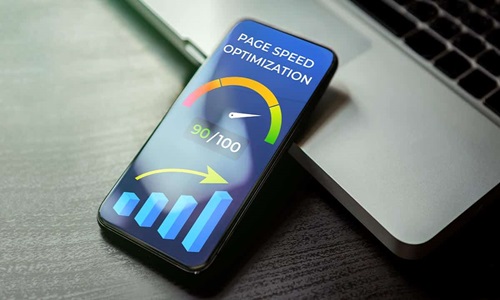Essential Website Optimization Tips for Higher Conversions
A well-optimized website is the key to converting visitors into customers, subscribers, or engaged users. A site that loads quickly, provides a seamless user experience, and encourages interaction is far more likely to achieve higher conversion rates than one that is slow or difficult to navigate. In the digital landscape, competition is fierce, and even the smallest improvements in usability and performance can significantly impact business outcomes. Understanding and applying essential optimization techniques can make the difference between a website that merely attracts visitors and one that drives meaningful actions.
One of the most effective ways to improve website conversions is to focus on UI and UX design. A clean, intuitive interface allows users to navigate a site effortlessly, find information quickly, and complete desired actions without frustration. A confusing or cluttered design can lead to high bounce rates, as visitors abandon the site before they have a chance to engage. Simple and well-organized layouts, readable typography, and a logical content structure help keep users engaged. A website should also be designed with a clear visual hierarchy that guides visitors toward important elements such as call-to-action buttons, forms, and key content sections.

Page speed is another critical factor that directly impacts conversions. A slow-loading website discourages users, increasing bounce rates and lowering engagement. Optimizing website speed involves several key techniques, including compressing images, minimizing code, using caching, and selecting a reliable hosting provider. Large images and unoptimized code can slow down a website dramatically, so reducing file sizes and eliminating unnecessary scripts can make a significant difference. Leveraging a content delivery network can also enhance speed by serving content from the closest available server to the user.
Mobile optimization is no longer optional. With the majority of web traffic coming from mobile devices, ensuring a responsive design is essential for improving conversions. A site that looks great on a desktop but functions poorly on a smartphone will drive mobile users away. Responsive design ensures that content adjusts to different screen sizes, providing a seamless experience across all devices. Mobile users expect fast-loading pages, easy navigation, and touch-friendly buttons. Implementing accelerated mobile pages and optimizing forms for smaller screens can further enhance usability and keep mobile visitors engaged.
Engagement is a key driver of conversions, and websites must encourage users to interact with content rather than passively consume information. Adding interactive elements such as quizzes, polls, live chat, and comment sections can significantly boost engagement levels. Personalized experiences also play a major role in keeping users interested. Displaying tailored recommendations based on user behavior or past interactions can make a website feel more relevant and inviting. Encouraging social sharing and integrating social proof elements, such as customer reviews and testimonials, can further enhance credibility and trust, making users more likely to convert.
Calls to action must be strategically placed and designed to capture user attention. A poorly designed or misplaced call to action can result in lost opportunities for conversions. Buttons should be visually distinct, use action-oriented language, and be positioned where users naturally engage with content. Testing different variations of calls to action, including colors, text, and placement, can help determine what resonates best with visitors. Using urgency tactics, such as limited-time offers or countdown timers, can also encourage users to take immediate action rather than postpone decisions.
Trust and credibility are essential for conversion success. Visitors are more likely to engage with a website that appears professional, secure, and authoritative. Adding trust signals such as security badges, privacy policies, and transparent refund guarantees can reduce hesitation, especially when transactions are involved. A well-crafted “About Us” page that includes authentic company details and team introductions can build stronger connections with visitors. Highlighting certifications, industry partnerships, or case studies can further establish credibility and encourage users to trust the site.
Optimizing website content for both users and search engines enhances visibility and engagement. High-quality, well-structured content keeps visitors on the page longer and encourages them to explore more. Using clear headings, bullet points where appropriate, and concise paragraphs makes content easy to digest. Keyword optimization without excessive keyword stuffing ensures that search engines can properly index and rank pages while maintaining a natural reading experience. Including engaging visuals such as videos, infographics, and high-resolution images can also improve content appeal and retention.